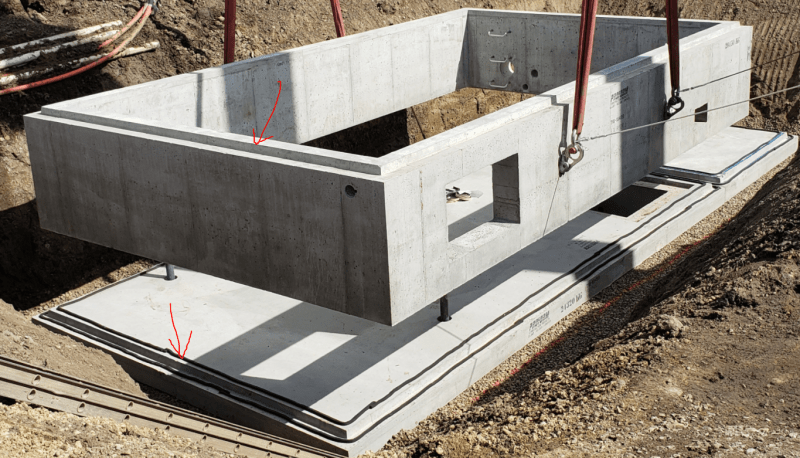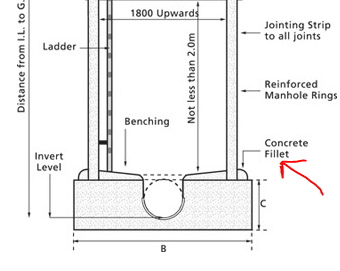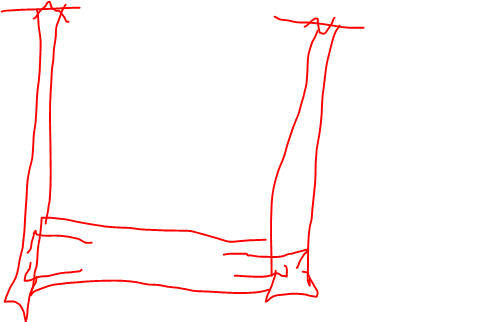oengineer
Structural
- Apr 25, 2011
- 731
What are the benefits of using a Stainless Steel Anchor Rod vs Galvanized Anchor Rod inside of a Lift Station/Wet Well?
The anchor rod is inside of the Wet Well, connecting the wall to the bottom of the slab (see image):

Initially, to me the benefit of using just a galvanized anchor rod is that I can use a higher strength steel (both yield & tensile strength). But the concern is that just using galvanized anchor rods would not be sufficient to resist corrosion due to the constant exposure the anchor rod would have to resist based on what is inside the wet well.
I am trying to determine the best rout to go regarding this connection. Stainless steel seems to have a much lower available yield & tensile strength. But I am not sure if galvanized steel would endure as long as stainless steel.
Comments/suggestions are appreciated.
The anchor rod is inside of the Wet Well, connecting the wall to the bottom of the slab (see image):

Initially, to me the benefit of using just a galvanized anchor rod is that I can use a higher strength steel (both yield & tensile strength). But the concern is that just using galvanized anchor rods would not be sufficient to resist corrosion due to the constant exposure the anchor rod would have to resist based on what is inside the wet well.
I am trying to determine the best rout to go regarding this connection. Stainless steel seems to have a much lower available yield & tensile strength. But I am not sure if galvanized steel would endure as long as stainless steel.
Comments/suggestions are appreciated.





